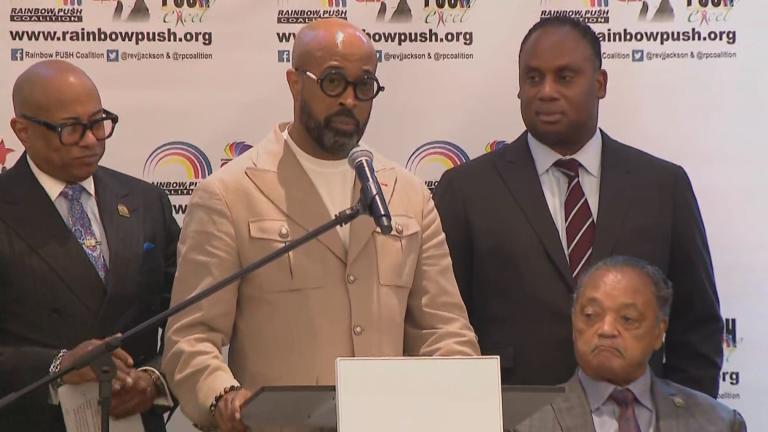Students applying for federal financial aid are about to enter uncharted territory.
That’s because the Free Application for Federal Student Aid, or FAFSA, form is undergoing its first major overhaul since the Reagan era.
One key change is that previously student eligibility was calculated using an Expected Family Contribution (EFC) model. The new model called the Student Aid Index (SAI) is largely calculated the same way but will allow more students to qualify for aid.
The U.S. Department of Education said a new, streamlined application form will allow 610,000 new students from low-income backgrounds across the country to get Pell Grants and that 1.5 million more students will be eligible for the maximum Pell Grant.
In Illinois, that would mean close to 22,000 new Pell Grant recipients, and almost 53,000 more students getting the maximum.
But the release of the new FAFSA form has been delayed. It usually comes out in October, but this year the Department of Education said the form will be released by Dec. 31.
“This new application is supposed to have way less questions,” said Rich Hayes, executive director of financial aid and scholarships at the University of Illinois Chicago. “It had 108 questions — that’s more than a mortgage application. Now it’s supposed to go down to 46, and it’s dynamic, which means that it’s based on how the student responds. It’s supposed to be a lot quicker.”
Nameka Bates, managing director of college access at Chicago Scholars, which supports students as they apply for and enter college and prepare for future careers, said the biggest change for her, at least this year, is the delayed release of the form.
“We’re used to Oct. 1 (being the FAFSA release date),” said Bates. “We have an entire curriculum that is designed around that date. Therefore, that was our first shift. We had to immediately rethink our curriculum so that we could accommodate the new December date.”
Despite the delay, Bates said the organization did get sufficient notice to be able to give students a heads-up about the change. She said the fact that the delay is impacting all students is in a way helpful.
“It’s like they’re not in this alone,” said Bates. “They know everyone is waiting, and I think for students that’s always helpful to know that they’ve got folks in this with them. So I think from their perspective, it’s about the unknown. Nobody knows what the form is going to look like.”
For financial aid administrators, the changes are a cause for “high anxiety” because the delay in releasing the form will give them less time to test that the new system is working properly.
“Our window to test is now shrunk to a very small window,” said Hayes. “And then it also means that award letters for financial aid notifications are going to go out a lot later than they should.”
For students navigating this new process for the first time, Bates said the most important advice for students is to not fear the change.
“Everyone is going through this,” said Bates. “There are going to be plenty of people who will be around to answer questions and support them throughout the process at colleges and universities. So my advice is just to ask for help.”








